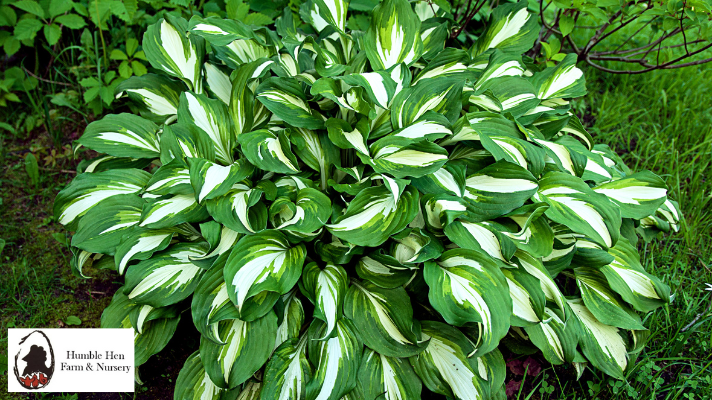
How to Prepare Your Hostas for Winter: Essential Tips from Humble Hen Farm
Share
Hostas are a shade garden favorite, known for their lush foliage and easy-going nature. But as temperatures drop and winter approaches, many gardeners wonder: how do you protect your hostas so they return strong and beautiful next spring? At Humble Hen Farm, we’re all about helping you grow thriving perennials. Here’s your step-by-step guide to preparing hostas for winter.
1. Let the Foliage Die Back Naturally
As fall arrives, your hosta leaves will begin to yellow and wilt. Resist the urge to cut them back immediately. Letting the foliage die back naturally allows the plant to reabsorb nutrients from the leaves, storing energy in the roots for next year’s growth. Wait until the leaves are fully brown and limp before removing them.
2. Clean Up Debris to Prevent Pests
Once the foliage has died back, use clean garden shears to cut leaves at ground level. Remove all dead leaves and debris from around your hostas. This step is crucial for preventing slugs, snails, and fungal diseases from overwintering in your garden beds.
3. Mulch for Insulation
After cleaning up, add a 2-3 inch layer of organic mulch—like shredded leaves, pine needles, or compost—around your hostas. Mulch acts as a natural insulator, protecting the roots from freeze-thaw cycles and helping retain soil moisture. Be sure not to pile mulch directly against the plant crown to avoid rot.
4. Water Before the Ground Freezes
Hostas need moisture to make it through winter. Give your plants a deep watering before the ground freezes, especially if fall has been dry. Well-hydrated roots are less likely to suffer winter damage.
5. Avoid Fertilizing Late in the Season
Hold off on fertilizing hostas in late summer or fall. Feeding them too late in the season can encourage tender new growth that won’t withstand cold temperatures. Stick to spring and early summer for fertilizer applications.
6. Consider Dividing Mature Hostas
If your hosta clumps are getting crowded, fall is a good time to divide them—just be sure to do this several weeks before the first hard frost. Divided hostas will have time to establish roots before winter sets in.
7. Watch for Frost Heave
In areas with harsh winters, freeze-thaw cycles can push hosta crowns out of the ground. If you notice this, gently press the crowns back into the soil and add extra mulch for protection.
Conclusion
With a little fall prep, your hostas will rest easy through winter and come back bigger and better in the spring. For more perennial care tips and to shop our robust selection of hostas, visit Humble Hen Farm & Nursery.